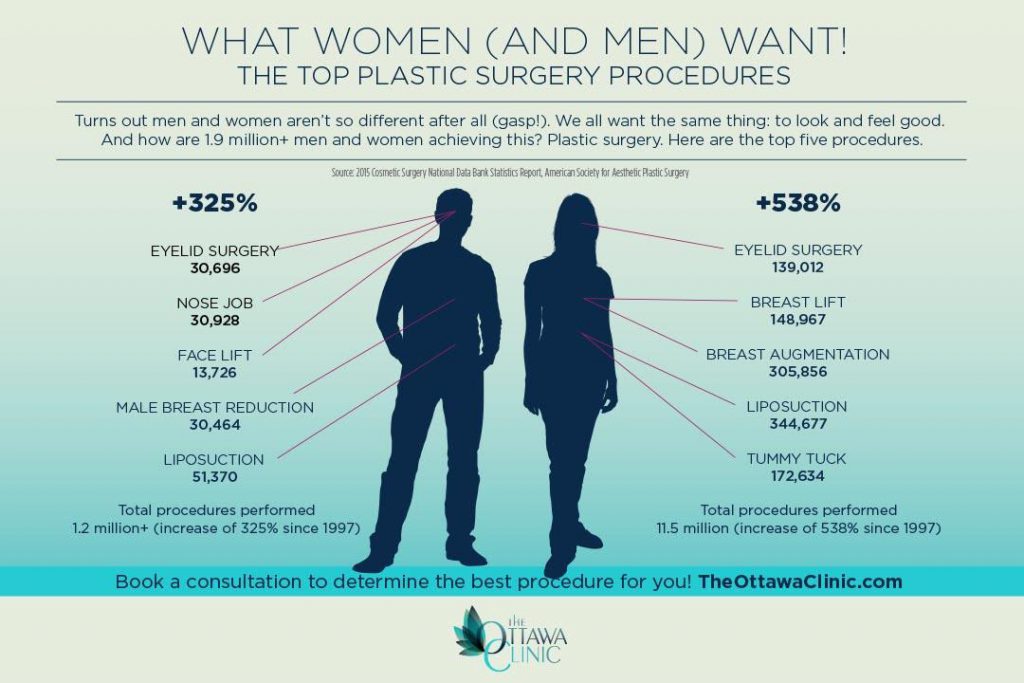Mental Health Resources For Acne Sufferers
Mental Health Resources For Acne Sufferers
Blog Article
Acne Treatment Options
Medicines can assist recover acne sores and avoid brand-new ones from developing. They can be taken orally or used directly to the skin.
Antibiotics like clindamycin and erythromycin control bacteria that worsen acne. These are typically integrated with benzoyl peroxide to minimize possible adverse effects and boost exactly how well the medicine functions.
Non-prescription (OTC) drugs
OTC items work for dealing with light acne, particularly blackheads and whiteheads. These items consist of benzoyl peroxide, salicylic acid or adapalene.
Benzoyl peroxide kills germs that cause acne, and helps clear pores of cellular debris. It's readily available in nonprescription focus of 2.5 percent, 5 percent and 10 percent. You might want to start with a lower focus of item and function your method up, depending upon your skin's tolerance level.
If you're unable to get rid of your acne with non-prescription items, see a skin doctor. They're educated to diagnose and treat all kinds and extents of acne, consisting of big uncomfortable cysts and blemishes that can result in scarring. It is essential to get therapy beforehand to minimize the danger of long-lasting problems with your self-image and self-esteem. Your medical professional can advise certain treatments and skin care routines that will certainly assist you control your acne. They can also refer you to a professional for medicine or other treatment alternatives, if needed.
Prescription medicines
Acne medications deal with acne by minimizing oil production, decreasing swelling and regulating germs. They can be applied straight to the skin (topical) or taken by mouth (dental medicine). The type and toughness of medicine your doctor suggests will certainly depend on your age, the severity of your acne and various other elements such as your general wellness and any type of drugs you might be taking.
Topical prescription antibiotics that contain clindamycin, erythromycin and tetracycline help in reducing swelling and kill the microorganisms that cause outbreaks. They can likewise be used in mix with other medications like benzoyl peroxide to raise exactly how well each therapy functions.
Oral isotretinoin, which remains in the retinoid household, treats extreme acne by decreasing oil production, suppressing inflammation and unclogging pores. It is an effective medication that comes with significant adverse effects, and it can only be suggested by a physician. It is just suggested for people that have tried various other treatments without success and for whom this medicine is safe.
Clinical procedures
Drugs that are put on the skin or taken by mouth help reduce acne breakouts in many individuals. Medicines that can be acquired over the counter include topical therapies such as salicylic acid, which helps open stopped up pores, and azelaic acid, which reduces swelling.
Doctors additionally prescribe drugs to treat mild-to-moderate acne, consisting of antibiotics and retinoids. Anti-biotics kill excess microorganisms and reduce swelling, however they are just effective momentarily because of antibiotic resistance. Sometimes, dermatologists may use a mix of topical and dental treatments. For example, they may incorporate the antibiotic clindamycin (Cleocin T, Clinda-Derm) or erythromycin (Akne-Mycin, ATS, Erygel, Ilotycin, Zenatane) with benzoyl peroxide.
Doctors can additionally prescribe isotretinoin (Absorica, Accutane), an effective medication that disrupts all three root causes of acne. This medication is effective versus severe nodular acne, however it can have serious adverse effects and must be taken with extreme care. Other treatments can improve the appearance of marks triggered by acne, such as chemical peels and laser treatment.
Diet
Altering your diet may assist control acne breakouts. Acne takes place when hair follicles end up being obstructed with sebum (natural oil created by the sweat glands), dead skin cells and bacteria. Acne symptoms consist of blackheads, whiteheads, cysts and acnes.
A diet high in sweet deals with and refined carbohydrates can trigger spikes in blood sugar level, triggering more sebum manufacturing. Milk products such as milk, cheese and yogurt can additionally trigger california acne in some people.
Attempt to consume low glycemic foods such as whole grains, beans and veggies. Foods high in omega-3 fats, such as salmon, trout, walnuts, pistachio nuts and chia seeds, decrease inflammation and might boost acne. Antioxidants may likewise lower acne by decreasing the production of reactive inflammatory chemicals in the body. Attempt maintaining a food diary to see which foods are causing you to break out. Attempt removing one food at a time to discover if your acne flares or improves.